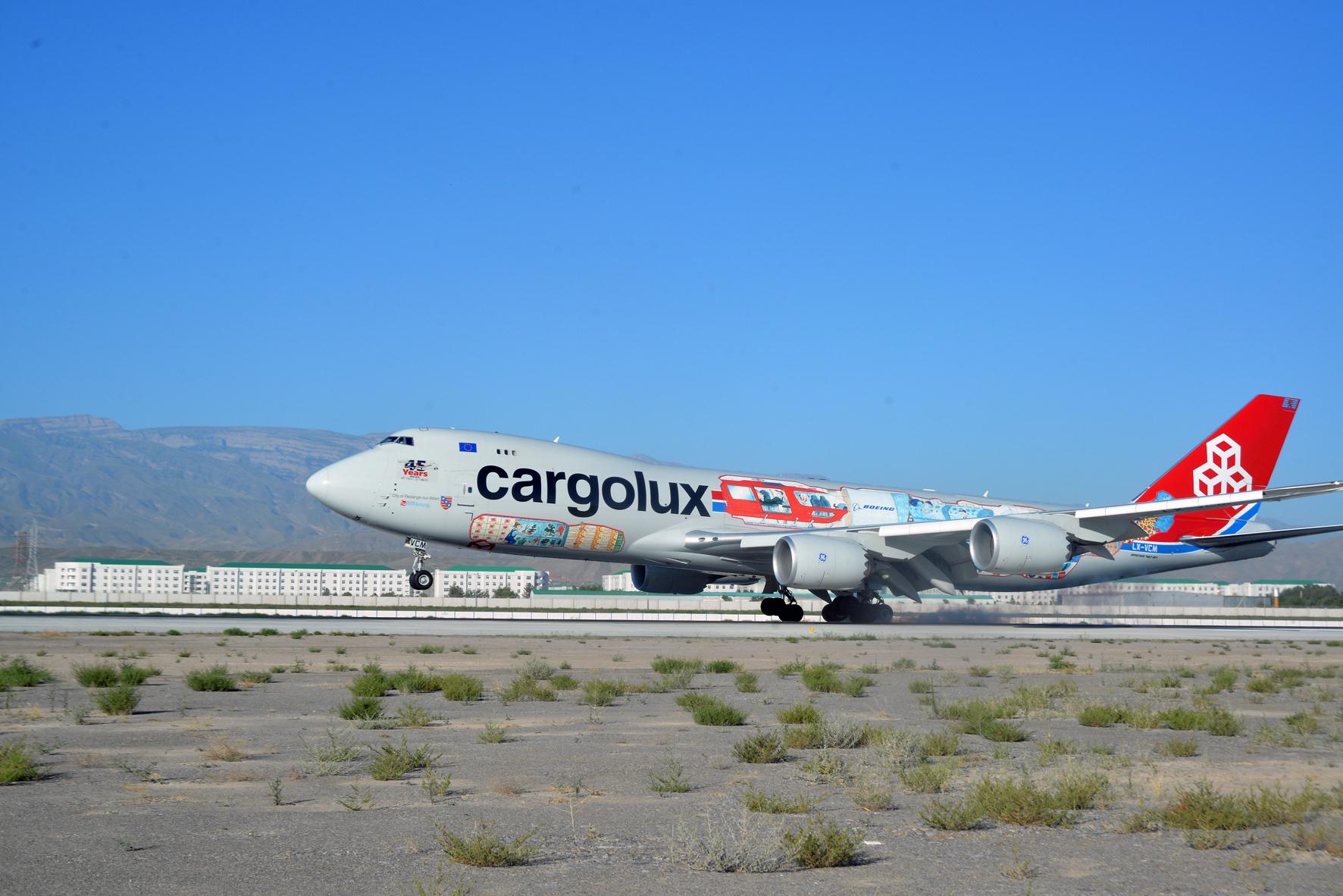In an unexpected move, Cargolux recently announced that Dirk Reich would be stepping down as president and CEO at the end of July 2016 for personal reasons, and that he would be replaced by Richard Forson, executive vice president and CFO.
It is uncertain what the effects of the management change will be, but Asia Cargo News was able to speak to Reich during the Air Cargo China 2016 conference and exhibition in Shanghai (before his decision to leave was announced) on the overall plans for the airline.
“The key priority is to make money,” he said. “That’s the challenge that we do have – the constantly changing traffic flows mean we have to adjust our capacities to match demand.”
Even so, that won’t be enough to deal with the overcapacity and yield erosion that have persisted across the industry.
“We burn the bridges behind us so nobody thinks of doing something different and we only move forward,” said Reich. “We try to do things that normally cannot be done in combination. We try to continue to be the cost leader and innovate at the same time. So it’s a constant search for what we can do differently to our competitors and at lower cost.”
To that end, Cargolux announced at the exhibition that it was launching CV select and CV select+, its new products designed for the transportation of urgent and time-sensitive cargo. Customers are guaranteed a place on the aircraft, even if it is already full. CV select+ adds to CV select by offering a cut-off time of 30 minutes before departure, the shortest of any carrier, according to Reich. In the worst case, the airline will even delay an aircraft for an emergency shipment.
Apart from new products, Reich said that there are other factors that could potentially benefit not just Cargolux, but the air cargo industry more generally. One example is the recently introduced amendment to the International Convention for the Safety of Life at Sea, which went into effect on July 1, 2016 and which requires shippers to provide a container’s verified gross mass before it can be loaded onto a vessel.
“The present hope is that the SOLAS VGM initiative will really be implemented 100% as fast as possible, which could easily lead to a doubling of air freight demand,” said Reich. “But I have to admit that there is more hope in the statement than reality. We’re also hoping for another sudden change such as the airbag crisis, the port disruption or some other disruption of the supply chain, because air freight is always the one who will profit.”

The Cargolux Group fleet consists of 13 Boeing 747-400Fs, four of which fly for the Italian joint venture Cargolux Italia, and 13 747-8Fs. The company is expecting to grow by a minimum of one aircraft per year for the next five years. Together with Cargolux China, which will start operations in 2017 with three 747s and add two more within three years, Reich said that the fleet will grow to a total of around 35 aircraft until 2020, and that the airline will stick to 747s until at least 2020-2025.
“It’s either up or out,” he said. “If you do not grow in this market and realize economies of scale, then you will not survive in the long term. You can see this at various European carriers. It’s a network business and you need to keep costs under control, but there are higher costs in certain areas so the only chance to bring your unit costs down, with a rising people cost, is to have a higher production.”
The airline intends to grow its network too, having already released a provisional schedule for Cargolux China showing the following routes:
Zhengzhou-Chicago-Mexico City-Guadalajara-Chicago-Zhengzhou
Zhengzhou-Rickenbacker-Chicago-Zhengzhou
Zhengzhou-Dallas-Los Angeles-Zhengzhou
Zhengzhou-Singapore-Melbourne-Singapore-Zhengzhou
Zhengzhou-Tokyo-Seoul-Zhengzhou
Zhengzhou-Ho Chi Minh City-Hanoi-Zhengzhou
Zhengzhou-Dhaka-Zhengzhou
Zhengzhou-Shanghai-Chengdu-Zhengzhou
Zhengzhou-Beijing-Shanghai-Zhengzhou
“These flights to Australia from China, which will automatically lead to more freight between Luxembourg and Zhengzhou, connecting to destinations where we have no connectivity at the moment,” Reich said. “There will also be cross-fertilization between Cargolux China and the traditional Cargolux network.”
According to Reich, who said that he continues to be bullish about China but would be even more so if Chinese New Year next year could be shorter, Cargolux currently occupies a market share of approximately 10% between Europe and China, meaning that there is still 90% up for grabs.
“We grew by 5% in the last three years, so if we go from 10% up to 20% in the next five to 10 years, I think that’s a realistic number,” he said. “We can’t do it overnight.”
By Jeffrey Lee
Asia Cargo News | Hong Kong



